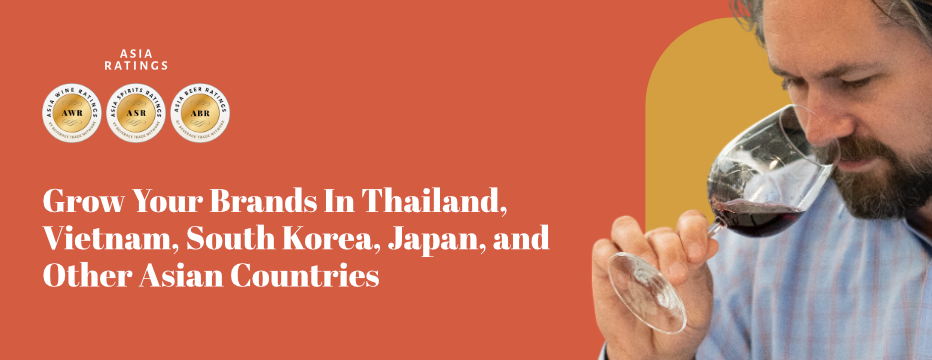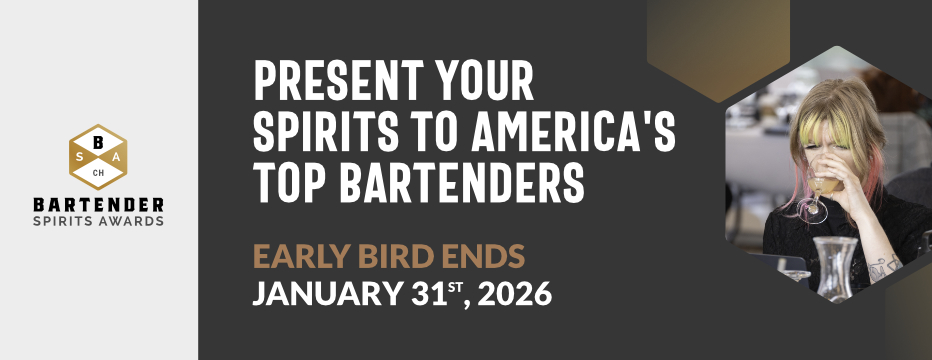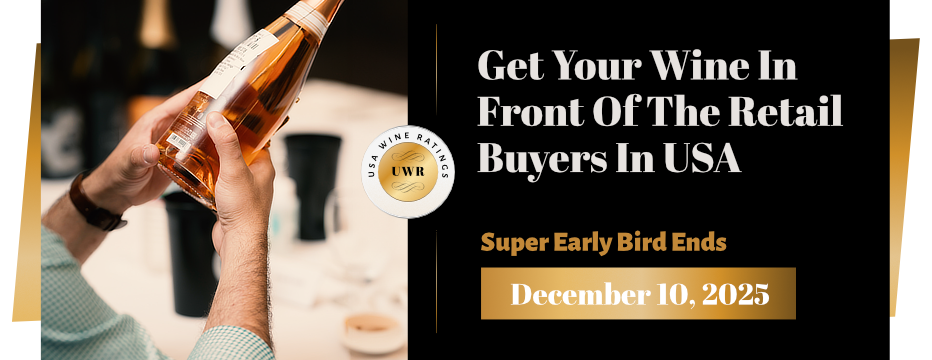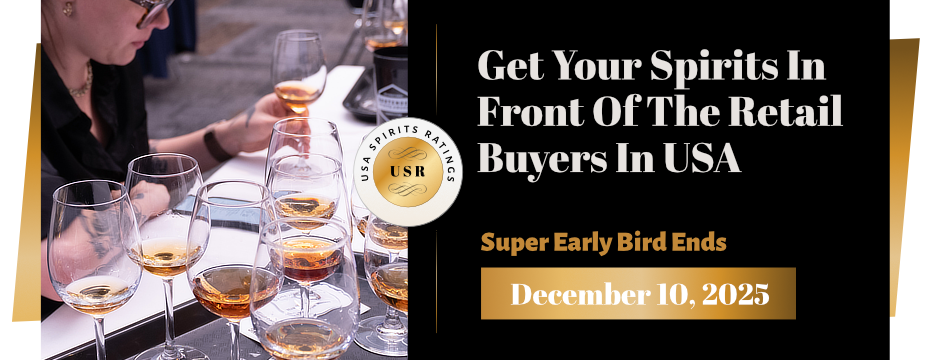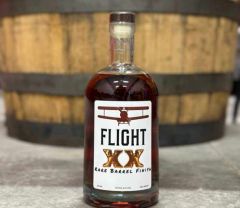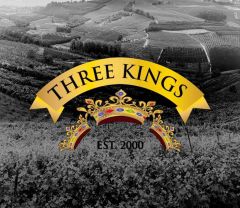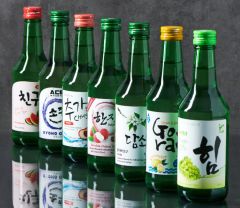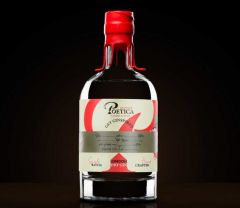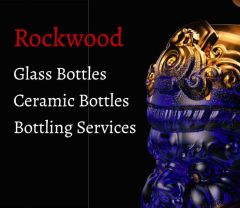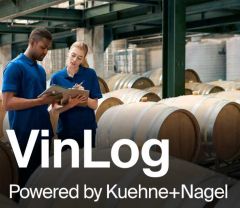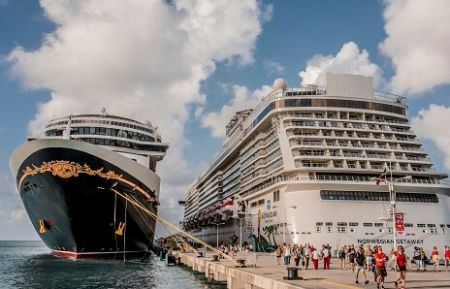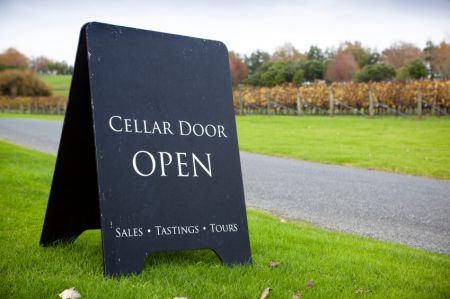Sommeliers Choice Awards 2025 Winners
How Retailers and Retail Chains Should Promote Their Private Brands and Do It Well
You need to get creative in building loyalty to private brands. But once you do, you’ll start to see the payoff almost immediately.

There’s one asset that many retailers and hospitality businesses are completely forgetting about when it comes to growing their bottom line: their private label wine brands. For too long, the conventional wisdom has been that many wine drinkers aren’t loyal to these brands and that launching a major promotional campaign for them was simply not worth the effort.
But there are actually quite a few ways that retailers and hospitality businesses can promote their private label wine and spirits brands at relatively little cost. It all starts with re-imagining customer loyalty programs to encourage customers to build deeper relationships with these brands. Here are five different ways that retailers can move beyond just “spend and get” in order to encourage engagement across a wide number of platforms and channels.
Idea #1: Tap into the power of social media
Social media is one place where you’ll see customers talking about private label wines and spirits that they’ve discovered – all without even realizing they are private labels. Some of the nation’s most famous restaurants – Del Frisco’s, Carmine’s and Nobu – all have private label offerings. For example, Nobu in Miami Beach pours its own in-house sake label and Del Frisco features three different wines made by Napa Valley winemaker Robert Foley. On Instagram, people may be posting photos already of their meals – so why not tap into this behavior?
The key, of course, is being able to integrate all this social media activity into a customer loyalty program. Often, this requires offering incentives. For example, a restaurant might get repeat customers to tweet out a mention of one of their private label wines with a certain hashtag, and in exchange, offer a discount on their next meal. Retailers like Total Wine could use the same strategy and offer a discount on the next purchase.
Along the same lines, retailers should encourage as much social sharing as possible. That’s because word-of-mouth recommendations are extremely powerful – often more powerful even than recommendations from wine experts. So an Instagram feed that’s filling up with images of bottles of a private label wine brand can be strong “social proof” that a wine is worth drinking.
Idea #2: Ask customers to write product reviews
Another important way of creating “social proof” is via product reviews. This is particularly important when it comes to wine apps such as Vivino, where a number of spectacular reviews can literally make or break a new wine. You want these reviews to be as authentic as possible, of course, but you can also provide plenty of hints about what to include in a review: “If you loved the fruity, sweet finish of this Riesling, be sure to mention it in a Vivino product review!” So always encourage customers to post reviews, especially if they are already using certain wine apps.
Idea #3: Experiment with content marketing
Content marketing is a new trend in the marketing world that results in unpaid traffic coming to websites as a result of different types of content, such as blogs, videos, podcasts or infographics. But, in order for that to happen, brands must develop content that customers are already searching for online.
Thus, when these customers search for these topics on Google, they’ll organically discover your website. Blog content might include an article on “Great Wines for Valentine’s Day” while video content might include “A brief history of merlot.” You could even create a fun infographic showing all the different types of wine glasses and how to use them.
When it comes to great content marketing ideas, look no further than La Crema Winery (LaCrema.com) in California. The winery’s blog offers some great ideas about types of content you could create to promote a private label wine – such as “Tips for Entertaining in Small Spaces” or “Planning a Dinner Party: Your Checklist.”
Idea #4: Help customers celebrate loyalty program milestones with rewards
You can think of loyalty programs from two different perspectives. One is simply in terms of “spend and get.” This is the typical coffee-drinking loyalty promotion, where every 10th cup of coffee gets you a free coffee. But you can really turbo-charge your loyalty program by bringing in the idea of loyalty program milestones.
One easy way to do this involves anniversaries. Thus, you are not rewarding the customer for a certain number of purchases – you are rewarding him or her based on the fact that they have been with you for a certain number of years. In order to make these promotions as effective as possible, you need to offer a suitable reward. Simply saying “Happy Anniversary” isn’t going to work – you also need to at least include something like a free bottle of wine.
This is a great way for resorts or hotels to promote their private labels. For example, the historic Omni Mount Washington Resort in New Hampshire offers an exclusive bourbon blend (Mount Washington Woodford Reserve) only available at the resort. A customer returning for a big wedding anniversary might get a complimentary bottle of this bourbon. Talk about making memories!
Idea #5: Encourage customer referrals
The key here is to incentivize customers to tell their friends about private label wines. Everyone knows that word-of-mouth marketing is the most powerful form of marketing -- it’s just a matter of providing the right incentives for people to share their recommendations with others.
Wine drinkers often discover private label brands as a good, reliable value. And, for younger drinkers, these private label brands are a way to experiment with new wines at a relatively affordable price point. Since they are younger, they’re also likely more active online in terms of social media and wine apps. Thus, even though these younger customers may not have the same spending capacity as older customers, they offer something much more valuable: the ability to spread the news about your products via social media and apps.
***
From a performance perspective, multi-channel loyalty programs outperform traditional “spend to get” programs. You can think of them as a form of loyalty program 2.0 or loyalty program 3.0 because they include the engagement of a customer across different social platforms and different devices. You are getting them to interact both online and offline, and that’s what makes them so valuable.
Remember: you need to get creative in building loyalty to private brands. But once you do, you’ll start to see the payoff almost immediately. These new brand champions may surprise you with the depth of passion and loyalty that they will bring to your business.

